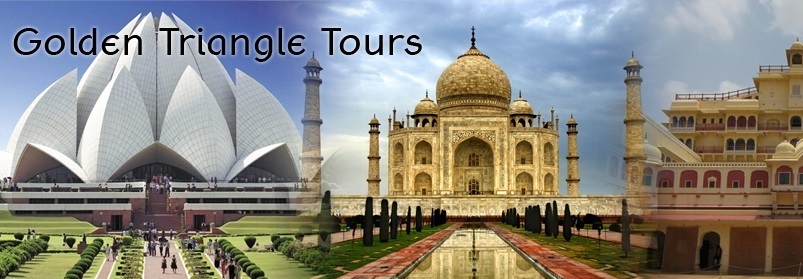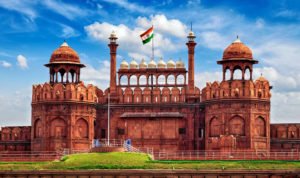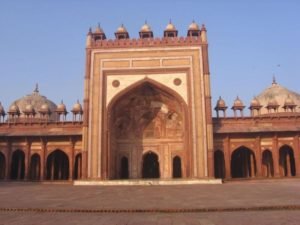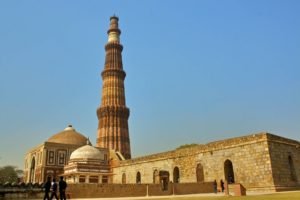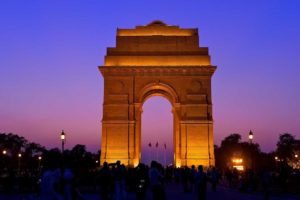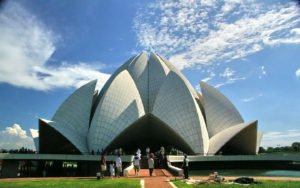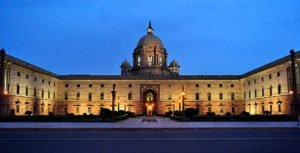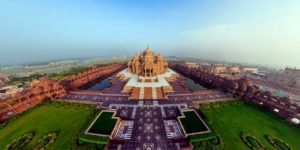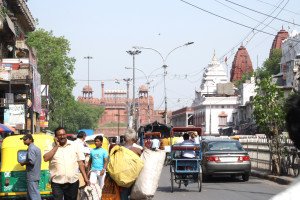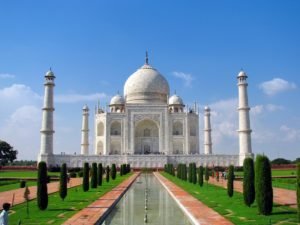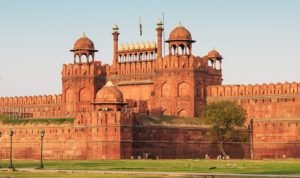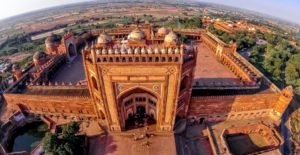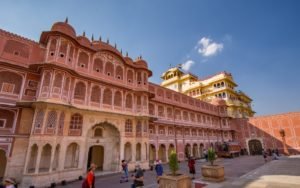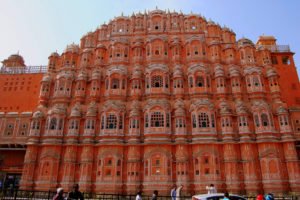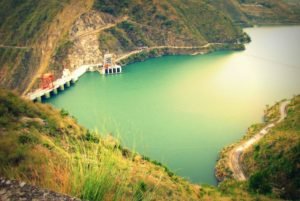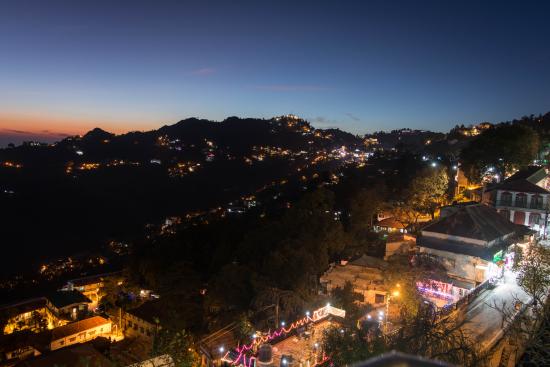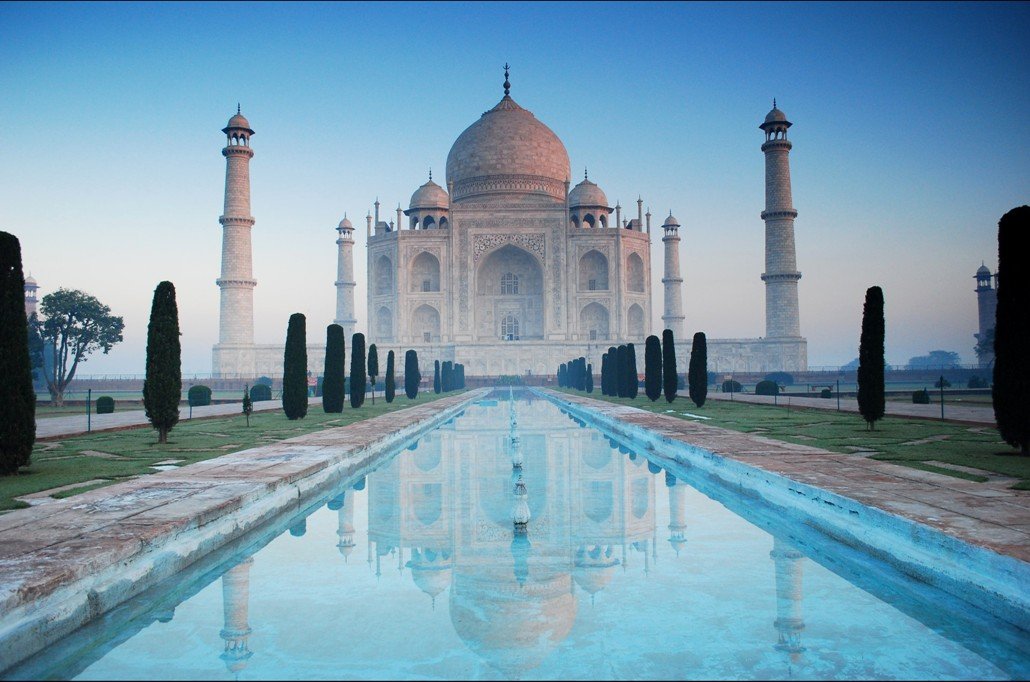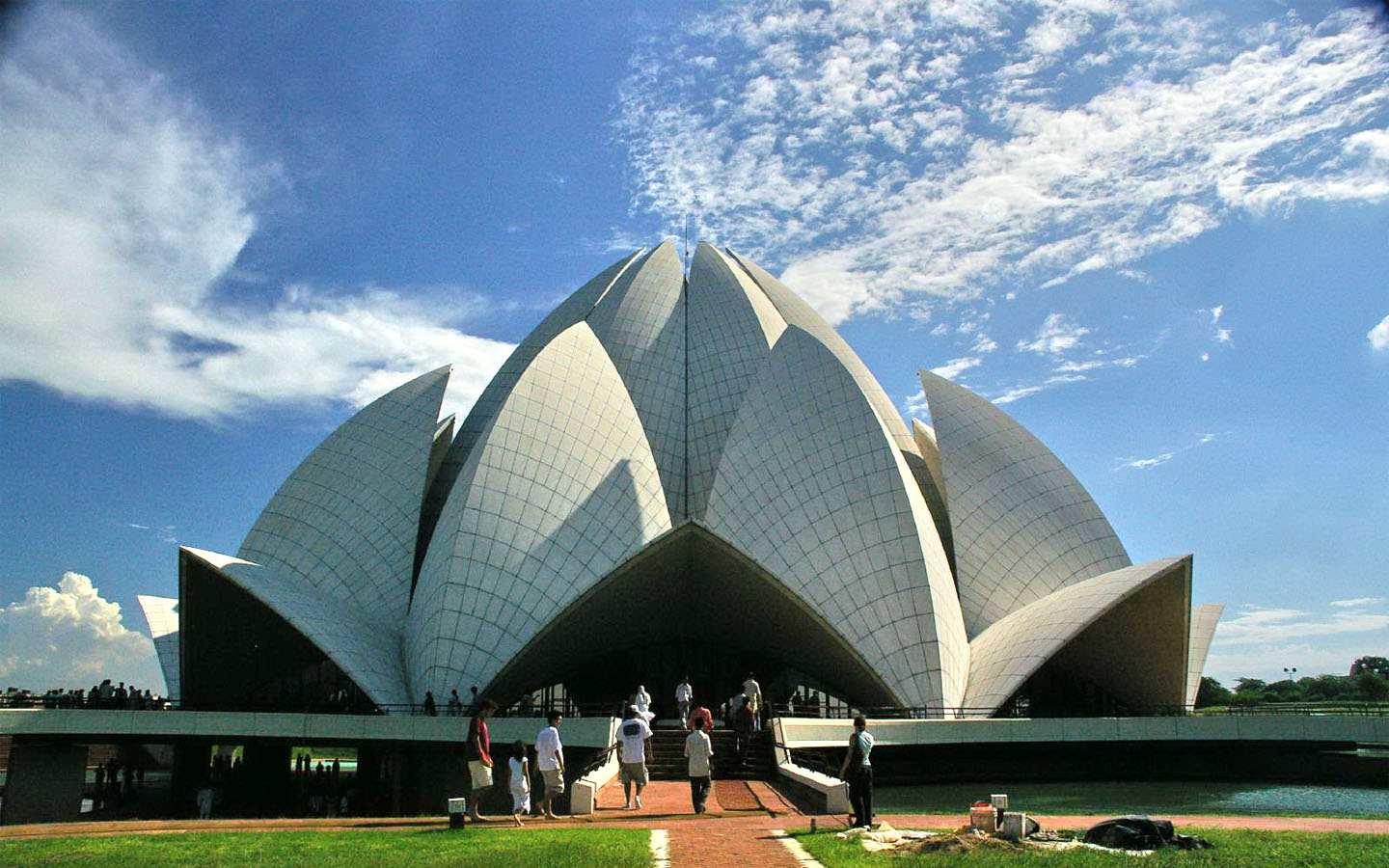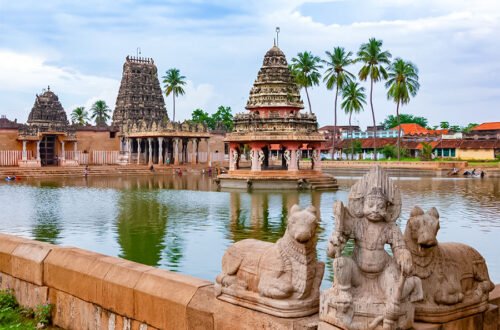Are you planning for a vacation? You might have listed some of the popular holiday spots with Tour Operator India. This year why not plan to take the Golden Triangle Tour of India.
You must be thinking, why the Golden Triangle Tour India is famous?
Honestly speaking, it’s a lifetime experience, most tourist dream to visit these beautiful places, as each city has its own exceptional history, lively culture, and architectural wonders.
As, the name suggests, Golden Triangle of India- Delhi, Agra and Jaipur, lets you explore some of the best places, some even designated as UNESCO World Heritage Site. The tour begins from Delhi, moving towards Agra, then to the west towards Jaipur.
The distance required: Delhi to Agra: 242.9 km, Delhi to Jaipur: 314.8 km
Days: Depends upon the traveler’s requirement, but usually, a Golden Triangle Tour package starts with 4 days, 5 nights itinerary inclusive of all the destinations.
So, you are all geared up to fall in love with the classical Indian tour, “the Golden Triangle Tour India”?
Thanks to its extraordinary wealth, the Golden Triangle Tour package has a lot to offer.
As, the most popular tourist circuit in India, here’s what’s waiting for you:
Get a chance to immerse in the grandeurs of Delhi.
Day 1 of your trip starts in Delhi: you will be exploring the wonders of the past, submerged with modern wonders.
Red fort:-
The Red Fort is a renowned UNESCO World Heritage Site. Every year on Independence Day, i.e. 15th August, the Prime Minister of India hoists the national flag. Also, Red Fort was once the residence of the Mughal emperors. Its red sandstone walls, marble decorations, and layout represent great Mughal architectural designs.
Jama masjid:-
Built by the Mughal Emperor Shah Jahan, Jama masjid is one the largest mosque in India. The red sandstone walls represent great architectural design of the Mughal era.
Qutub Minar:-
Qutub Minar is a UNESCO World Heritage Site, built by Qutub-ud-din-Aibak. This five-storey minaret is the tallest minaret in the world made of brick.
India Gate:-
India Gate is a memorial war monument, designed by Sir Edwin Lutyens, the structure has an arch and canopy, beneath the arch an eternal flame keeps burning. It stands as a symbol of patriotism, dedicated to the soldiers who sacrificed their lives for the nation.
Lotus temple:-
Designed in lotus shape, it’s a white monument that symbolizes the unity of four religions. As a Bahá’í House of Worship, people from all religious background are welcomed to pray and meditate. Once you enter inside this monument, you have to maintain complete silence, not even a word.
Delhi’s official buildings:-
As, a responsible citizen of India, you must know where the countries governance, administration and justice takes place. Get a glimpse of the colonial era structure like Rashtrapati Bhawan, and Parliament House to modern buildings like Supreme Court and high court.
Akshardham temple:-
Built not long ago, one of the largest Hindu temples, it offers followers of the Swaminarayan faith, a place to worship. The temple complex with its stunning carvings has domes and a vast courtyard.
Chandni Chowk:-
Chandni Chowk exists from the Mughal era. As the oldest market in Delhi, shopping lovers can enjoy buying attires, jewellery, spices and electronic accessories. If you are here, you eat at some of the famous street food corners like the paratha wali gali that dates back to 1882.
“Other places in Delhi that you can visit include- Humayun Tomb, Lodhi Garden, Hauz Khas Village etc.”
The heart & soul of the Mughal era, Agra.
Agra is famous for Mughal architectural wonders, your next stop in the Golden Triangle Tour package. When you reach Agra, you will have a chance to witness its beauty and discover its secrets.
Taj Mahal:-
Taj Mahal is a world famous UNESCO World Heritage Site. It was built by Shah Jahan for his beloved wife Mumtaz. The monument features beautiful marble work, minarets, domes, and geometrical gardens.
Agra Fort:-
As a famous UNESCO World Heritage Site, Agra Fort comprises of gates, palaces, mosques and gardens. It was built during the Mughal period by Akbar and has been the home of the Mughals for generations. During the Mughal period it was the center for military administration and governance.
Fatehpur Sikri:-
Fatehpur Sikri is also a famous UNESCO World Heritage Site. It was built during the 16th century by Mughal Emperor Akbar, served as a capital for some time, but due to scarcity of water, the capital was shifted back to Agra. Inside the complex you can find beautiful palaces, mosques, and beautiful courtyards. Some of the famous complexes of Fatehpur Sikri include the grand Buland Darwaza, Jama Masjid, and the tomb of the great Sufi saint, Salim Chishti.
The pink city of India, Jaipur.
Don’t you want to feel like a royal? Well! The last destination on your Golden Triangle Tour package, somewhat lets you enjoy a royal trip.
City Palace:-
Built by Maharaja Sawai Jai Singh II, it comprises of palaces, beautiful gardens and courtyard. Currently, some of the parts of the palace are used as a residence by the royal family of Jaipur. The famous complexes include Chandra Mahal, Mubarak Mahal, and Diwan-i-Khas. The palace also has a museum that houses some of the best paintings, artifacts, textiles, and weapons.
Hawa Mahal:-
Famously known as the palace of winds, it is a five-storey building, comprising of 900 windows on the front-side. Built by Maharaja Sawai Pratap Singh in 1799, it was a great summer retreating spot for the royal women in Jaipur to observe the street activities without being seen.
Amer Fort:-
Built by Maharaja Man Singh I in the 16th century, it is located on a hilltop overlooking the Maota Lake. The fort comprises of amazing gates, beautiful palaces, temples, courtyards, gardens, and chambers. The famous complexes of Amer Fort include the Sheesh Mahal, and Diwan-i-Khas made of mirrors, decorative elements and beautiful paintings on the wall representing their rich heritage.
Other important places like Jantar Mantar (World’s largest sundial), Jaigarh Fort (Built by Sawai Jai Singh-II overlooking the Amer to protect it), Nahargarh fort (Built by Sawai Jai Singh II as a place for retreat for the royal families), Jal Mahal (A water palace, built by Maharaja Jai Singh II), Man Sagar Lake (An artificial lake built by Raja Man Singh), Johari Bazaar & Bapu Bazaar (Traditional shopping experience).
Aren’t you getting ready? Your holiday destination is decided….
So, plan a trip to the Golden Triangle Tour with tour operator in India that covers Delhi, Agra & Jaipur to explore its iconic places, rich heritage and culture, and archaeological wonders of all time.
Frequently Asked Questions:
- What is the best month for the Golden Triangle Tour trip?
The best months are February and April & October and November when the temperature is pleasant, it’s neither too hot nor too cold.
- What is the best way to visit the Golden Triangle?
Travelling by train is the cheapest mode of transport: you will get a chance to get a glimpse of rural India as you pass through the countryside. However, with the Golden Triangle Tour package, enjoy peace of mind. We got it all covered.
Also Read:
